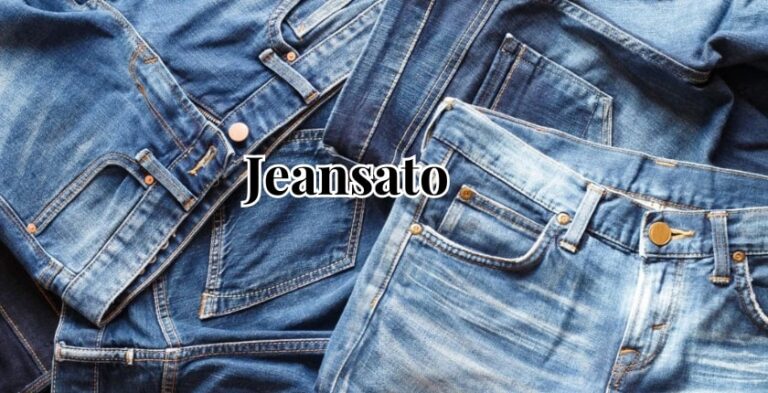Introduction
In the ever-evolving world of fast fashion, SHEIN has emerged as a prominent player, capturing the hearts of fashion enthusiasts worldwide with its trendy designs and unbelievably low prices. The enigma surrounding SHEIN’s affordability has sparked numerous discussions and debates. In this article, we delve into the various factors that contribute to SHEIN’s cost-effectiveness, exploring both the positive and negative aspects of the fast fashion giant.
- Global Supply Chain Efficiency
One of the key factors that enable it to keep prices remarkably low is its highly efficient global supply chain. IT has mastered the art of streamlining its production processes, sourcing materials from low-cost suppliers, and minimizing transportation costs. By leveraging economies of scale and establishing partnerships with manufacturers in regions with lower production costs, IT manages to produce fashion items at a fraction of the cost compared to many competitors.
Entities:
- Global Supply Chain
- Production Processes
- Material Sourcing
- Transportation Costs
- Economies of Scale
- Manufacturing Partnerships
- Direct-to-Consumer Model
SHEIN’s direct-to-consumer (DTC) business model eliminates the need for intermediaries, such as wholesalers and retailers. By selling directly to consumers through its online platform, SHEIN cuts out additional costs associated with traditional retail channels. This allows the company to maintain control over pricing, reduce markups, and offer products at prices that are closer to the production cost.
Entities:
- Direct-to-Consumer Model
- Intermediaries
- Online Platform
- Retail Channels
- Markups
- Pricing Control
- Short Production Cycles
SHEIN is renowned for its agility in responding to rapidly changing fashion trends. The company’s short production cycles enable it to quickly bring new designs from concept to market. By staying ahead of trends and minimizing the time between design conception and product availability, SHEIN reduces the risk of overstock and markdowns. This efficiency in production cycles not only keeps inventory costs low but also allows SHEIN to offer the latest fashion at affordable prices.
Entities:
- Production Cycles
- Fashion Trends
- Design Conception
- Inventory Costs
- Overstock
- Markdowns
- Limited Marketing Expenses
Unlike traditional fashion brands that invest heavily in high-profile advertising and marketing campaigns, SHEIN relies on a different strategy. The brand has become adept at leveraging social media platforms, influencers, and user-generated content for promotion. By capitalizing on user-generated content and word-of-mouth marketing, SHEIN manages to keep its marketing expenses significantly lower than those of many competitors, contributing to its ability to offer budget-friendly fashion.
Entities:
- Marketing Expenses
- Social Media
- Influencer Marketing
- User-Generated Content
- Word-of-Mouth Marketing
- Economies of Technology
SHEIN’s embrace of technology plays a pivotal role in its cost-effectiveness. The company employs advanced algorithms for inventory management, demand forecasting, and personalized recommendations. This technological integration enhances operational efficiency, reduces waste, and optimizes the overall supply chain. By investing in cutting-edge technology, SHEIN maximizes its productivity and cost savings, ultimately reflected in the affordability of its products.
Entities:
- Technology Integration
- Algorithms
- Inventory Management
- Demand Forecasting
- Personalized Recommendations
- Operational Efficiency
Negative Aspects:
- Ethical Concerns
While SHEIN’s cost-effectiveness has undoubtedly contributed to its global success, the company has faced criticism for its ethical practices. Reports of labor exploitation, poor working conditions, and environmental concerns have surfaced, raising questions about the true cost of SHEIN’s affordability. The pursuit of low prices may come at the expense of ethical considerations, prompting consumers to reflect on the human and environmental impact of their fashion choices.
Entities:
- Labor Exploitation
- Working Conditions
- Environmental Concerns
- Ethical Practices
- True Cost
- Disposable Fashion Culture
SHEIN’s ultra-affordable prices have also been associated with the rise of a disposable fashion culture. The temptation to buy inexpensive items on a whim may contribute to a mindset where clothing is treated as disposable, leading to increased waste. The environmental impact of this fast fashion model is a growing concern, as cheaply made garments are discarded more frequently, contributing to the global issue of textile waste.
Entities:
- Disposable Fashion Culture
- Inexpensive Items
- Waste
- Environmental Impact
- Fast Fashion Model
- Textile Waste
Conclusion
SHEIN’s affordability remains a double-edged sword, captivating consumers with its budget-friendly fashion while sparking debates about the ethical and environmental implications of such low prices. The interplay of factors like a streamlined supply chain, a direct-to-consumer model, short production cycles, and technology integration allows SHEIN to offer trendy clothing at prices that seem too good to be true. As consumers become increasingly conscious of the true cost of fashion, SHEIN’s success prompts reflection on the industry’s future and the need for a more sustainable and ethical approach to clothing consumption.























+ There are no comments
Add yours